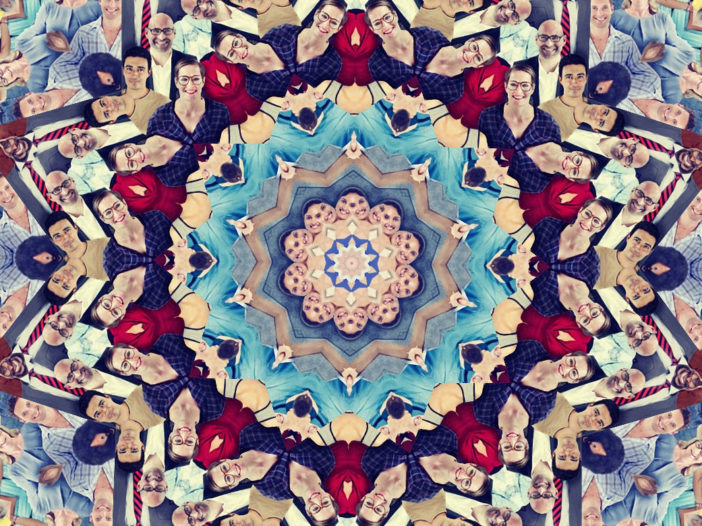
In the vibrant tapestry of teamwork, how we perceive organizational arrangements can be a source of tension or a catalyst for success. The intricate dynamics of “Hierarchy vs. Equality,” “Universalism vs. Particularism,” “Stability vs. Change,” and “Competitive vs. Collaborative” play a pivotal role in shaping our collaborative efforts. This article will explore these differences and why embracing them is essential for driving innovation and productivity.
Hierarchy vs. Equality:
Hierarchy: Some team members believe societies and organizations require social stratification to function efficiently. They emphasize structured roles and clear chains of command, where authority and responsibility are well-defined.
Equality: Conversely, others view people as equals who may play different roles within the team. They champion diversity in perspectives and responsibilities, seeing it as a driver of innovation, harmony, and collective growth.
Universalism vs. Particularism:
Universalism: Some advocate for treating all cases uniformly and adopting standardized processes. They seek consistency, efficiency, and economies of scale, believing that uniformity leads to effectiveness.
Particularism: On the other hand, others value tailoring solutions to specific circumstances. They embrace decentralization and flexible approaches, adapting to unique needs and situations. They see value in customization.
Stability vs. Change:
Stability: Some team members prefer a static and orderly environment. They prioritize systematic and disciplined work to minimize change and ambiguity, which they perceive as disruptive to established processes.
Change: Conversely, others thrive in dynamic, flexible environments. They prioritize adaptability and innovation, seeing routine as limiting. They embrace change as a driver of progress and growth.
Competitive vs. Collaborative:
Competitive: Some team members drive success through competitive stimulation. They view competition as a pathway to growth and excellence, pushing themselves and the team to achieve greater heights.
Collaborative: Conversely, others promote success through mutual support, sharing best practices, and solidarity. They believe that collaboration fuels progress and that collective efforts lead to success.
Why Embracing These Differences Matters:
Diverse Solutions: Teams that respect and leverage diverse organizational arrangements can devise well-rounded solutions that consider various perspectives and approaches.
Innovation: The interplay of hierarchy, equality, universalism, and particularism can spark creative solutions and dynamic approaches to problem-solving.
Adaptability: Balancing stability and change, competitiveness, and collaboration ensures teams can navigate various scenarios effectively, involving routine tasks or unexpected challenges.
Join the Conversation:
At Dental Diversity and Inclusion Alliance, we celebrate the beautiful mosaic of perspectives within our client’s teams. We believe that by fostering a culture of understanding and collaboration, we unlock the full potential of these diverse viewpoints.
Together, we can harness the power of diverse organizational arrangements to drive innovation and success!
Reference: Rosinski, P. (2003). Coaching Across Cultures. Clerkenwell: Nicholas Brealey Publishing
